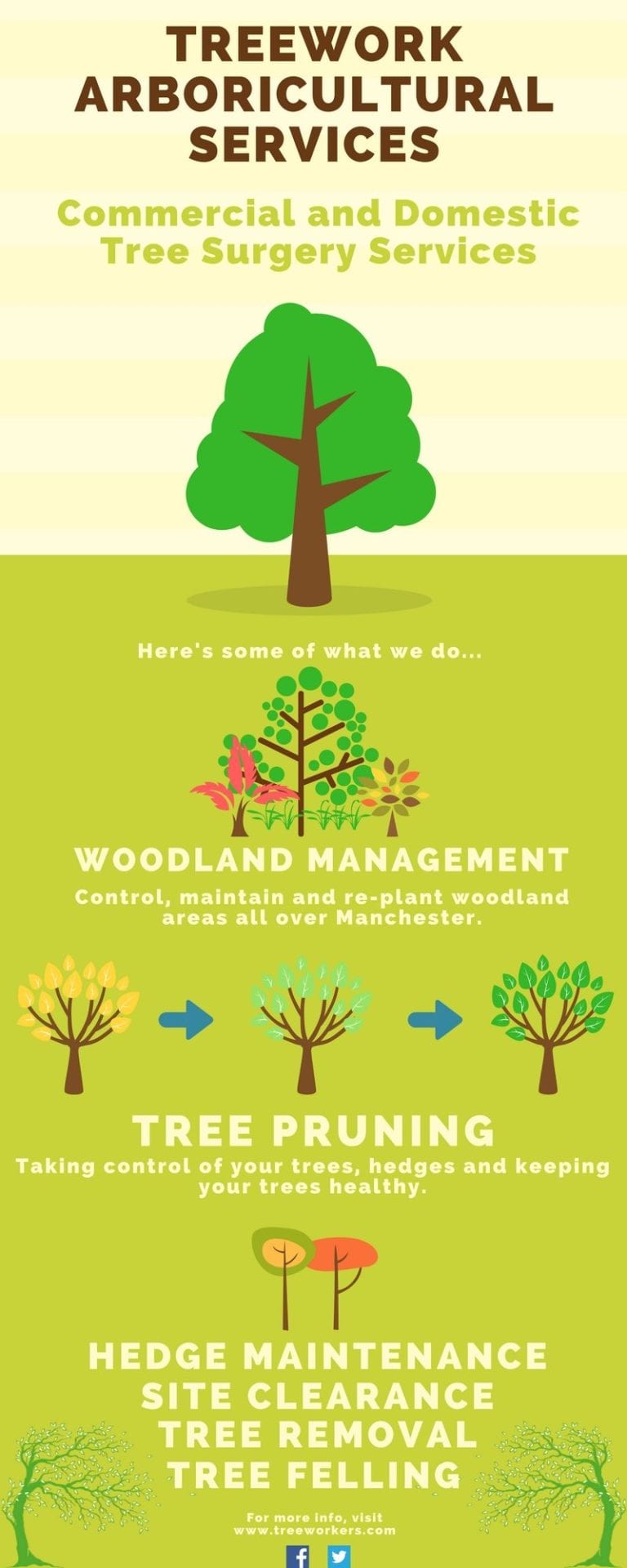Caring For Your Landscape After Tree Removal Is Vital For Its Reconstruction; Discover Essential Steps To Revitalize Your Setting And Avert Future Complications
Caring For Your Landscape After Tree Removal Is Vital For Its Reconstruction; Discover Essential Steps To Revitalize Your Setting And Avert Future Complications
Blog Article
Post Written By-Wilcox McCollum
After a tree's elimination, your landscape might look quite various, and it's necessary to analyze the after-effects very carefully. relevant web page 'll want to review the dirt disturbance and check bordering plants for any type of signs of anxiety. Ignoring these factors can lead to bigger issues down the line. So, what should you finish with those stumps and origins? And exactly how do you select the best plants for your rejuvenated space? Let's discover these important actions.
Analyzing the Results: Assessing Your Landscape
After a tree elimination, it's essential to evaluate your landscape to recognize the effect it has on your lawn.
Beginning by analyzing the area where the tree stood. Try to find indications of dirt disturbance, and inspect the bordering plants for any type of stress or damages.
You ought to additionally make note of how the removal has changed sunshine direct exposure and airflow in your garden. This change can influence the development of nearby plants, so it's important to examine their wellness.
Think about the aesthetic aspects too; the elimination might create an open space that you can upgrade.
Finally, think of go to this website of prospective disintegration issues that could develop from the tree's absence. Attending to these variables early will help restore balance to your landscape.
Handling Stumps and Roots: Alternatives for Elimination
As soon as you have actually evaluated the results of the tree removal, you'll likely require to tackle the stump and origins left.
You have a few choices for elimination. One reliable method is stump grinding, where a specialist utilizes an equipment to grind the stump down to below ground level. This technique leaves very little disruption to your landscape.
If you favor a DIY method, you can use a mix of digging and chemical stump cleaners. Simply bear in mind, this process can take some time and initiative.
Alternatively, consider leaving the stump as a natural attribute, which can act as a distinct yard component or habitat for wild animals.
Whatever you choose, dealing with the stump and roots is essential for restoring your landscape.
Selecting the Right Plants for Your New Space
As you assess your newly removed room, choosing the right plants can dramatically improve your landscape's beauty and performance.
Begin by thinking about the sunshine and dirt problems. For warm areas, go with drought-resistant plants like lavender or succulents. In shaded areas, brushes and hostas flourish well.
Think of the size and growth practices of your plants; mix perennials and annuals for seasonal range. Don't forget to integrate native species; they call for less maintenance and support regional wild animals.
Team plants in strange numbers for an extra natural look and produce layers for visual depth.
Ultimately, ensure you have a mix of shades and structures to maintain your landscape vibrant throughout the periods.
Satisfied growing!
Verdict
Finally, restoring your landscape after tree removal is a gratifying process. By analyzing the aftermath, resolving stumps and roots, and choosing the right plants, you'll produce a growing environment. Don't forget to include disintegration control measures to safeguard your dirt. With a little effort and treatment, you can change your area into a vibrant garden that enhances your building. Embrace https://tree-damage-to-houses17395.bligblogging.com/35924757/the-requirement-for-tree-stump-elimination-on-your-residential-or-commercial-property-and-how-to-perform-it-properly to revitalize your landscape and appreciate the elegance of nature right in your backyard!
